Hey there,
In today’s world, where sustainability and eco-friendliness are becoming increasingly important, repurposing household items for plant containers is a growing trend that allows us to reduce waste and add a unique touch to our homes. Instead of buying traditional plant pots, many people are now turning to repurposed household items to create one-of-a-kind planters. This not only adds a personal touch to our indoor and outdoor spaces but also helps to minimize our environmental footprint. In this article, we will explore the benefits of using repurposed household items as plant containers and provide you with creative DIY projects to get started on your own green DIY adventure.
Using Repurposed Household Items as Plant Containers
Repurposing household items as plant containers offers numerous benefits. First and foremost, it allows us to give new life to items that might otherwise end up in landfills. By repurposing, we can reduce waste and contribute to a more sustainable lifestyle. Additionally, repurposed containers add a unique and creative touch to your houseplants. Each item tells a story and adds character to your home decor.
Another advantage of repurposed plant containers is cost-effectiveness. Instead of buying expensive plant pots, you can transform everyday items into beautiful and functional planters. This not only saves you money but also gives you the freedom to experiment with different styles and designs. From vintage teacups to old tin cans, the possibilities are endless.
How to choose the right household items for repurposing
When choosing household items for repurposing as plant containers, it is important to consider a few key factors. First, ensure that the item is suitable for holding plants. It should be able to retain moisture and provide adequate drainage. Porous materials, such as terracotta pots or wooden boxes, are excellent choices as they allow air and water to pass through.
Next, consider the size of the item. Different plants have different space requirements, so choose an item that can accommodate the roots and leaves comfortably. Additionally, think about the overall aesthetic and style you want to achieve. Do you prefer a rustic look or a modern, sleek design? Consider the color, texture, and shape of the item to ensure it complements your home decor.
Lastly, think about the practicality of the item. Is it easy to clean? Will it fit in your desired location? These practical considerations will help you choose items that not only look great but also function well as plant containers.
Creative DIY projects for repurposing household items
Repurposing household items for plant containers opens up a world of creative possibilities. Here are a few DIY projects to inspire you:
Vintage Suitcase Planter
Source: Pinterest (There are more pictures, don’t forget to scroll)
Turn an old vintage suitcase into a charming planter by filling it with potting soil and adding your favorite plants. This unique plant container will add a touch of nostalgia to your home decor.
Mason Jar Herb Garden
Source: Pinterest (There are more pictures, don’t forget to scroll)
Repurpose mason jars by transforming them into a stylish herb garden. Attach them to a wooden plank using hose clamps, fill them with soil, and plant your favorite herbs. Hang the plank on a wall or place it on a countertop for easy access to fresh herbs.
Teacup Succulent Garden
Source: Pinterest (There are more pictures, don’t forget to scroll)
Give your old teacups a new purpose by creating a teacup succulent garden. Fill the cups with cactus soil and plant small succulents. This whimsical and dainty plant container will bring a touch of elegance to any space.
These are just a few examples of the endless possibilities for repurposing household items as plant containers. Let your imagination run wild and create unique planters that reflect your style.
How to Prepare Household Items for Planting
Before repurposing household items as plant containers, it is important to properly prepare them to ensure the health and well-being of your plants. Here’s how to do it:
- Clean the item: Thoroughly clean the item to remove any dirt, dust, or residue. Use mild soap and warm water to scrub the surface. Rinse well and allow it to dry completely.
- Create drainage holes: Most household items do not have sufficient drainage for plants. Use a drill or a hammer and nail to create drainage holes at the bottom of the item. This will prevent water from pooling and causing root rot.
- Add a layer of gravel or pebbles: Place a layer of gravel or pebbles at the bottom of the container. This will further enhance drainage and prevent the roots from sitting in water.
- Fill with potting soil: Fill the container with high-quality potting soil. Choose a soil mix that is suitable for the types of plants you intend to grow.
- Plant your desired plants: Carefully remove the plants from their original containers and gently place them in the repurposed item. Ensure that they are planted at the appropriate depth and space them out accordingly.
By following these steps, you can ensure that your repurposed plant containers provide a healthy and supportive environment for your houseplants.
Tips for maintaining and caring for plants in repurposed containers
Maintaining and caring for plants in repurposed containers requires a slightly different approach compared to traditional plant pots. Here are some tips to ensure the health and longevity of your plants:
- Watering: Ensure that your repurposed container has proper drainage to prevent overwatering. Check the moisture level of the soil regularly and water only when the top inch of soil feels dry.
- Fertilization: Provide your plants with the necessary nutrients by fertilizing them regularly. Use a balanced and water-soluble fertilizer according to the instructions on the package.
- Pruning and trimming: Regularly trim and prune your plants to maintain their shape and prevent overcrowding. This will also help promote healthy growth.
- Monitoring for pests: Keep an eye out for common pests such as aphids, mealybugs, and spider mites. Regularly inspect your plants and take appropriate action if you notice any signs of pest infestation.
- Rotate your plants: Rotate the containers every few weeks to ensure even growth and prevent plants from leaning towards the light.
By implementing these maintenance tips, you can ensure that your plants thrive and continue to bring beauty to your repurposed containers.
DIY Projects: Step-by-Step Guide for Creating Unique Plant Containers
Now that you have an understanding of the benefits of repurposing household items as plant containers and how to care for your plants, let’s dive into some step-by-step DIY projects to create unique plant containers:
Tin Can Herb Garden
Source: Pinterest (There are more pictures, don’t forget to scroll)
Materials needed:
- Tin cans (cleaned and with drainage holes)
- Potting soil
- Herb plants or seeds
Instructions:
- Clean the tin cans thoroughly and create drainage holes at the bottom.
- Fill each can with potting soil, leaving about an inch of space at the top.
- Plant your chosen herb plants or seeds according to the instructions on the packaging.
- Water the plants thoroughly and place the cans in a sunny location.
- Remember to water the herbs regularly and harvest them as needed for cooking or garnishing.
Wine Bottle Succulent Planter
Source: Pinterest (There are more pictures, don’t forget to scroll)
Materials needed:
- Empty wine bottle (cleaned and with the bottom cut off)
- Succulent plants
- Potting soil
- Cork or rubber stopper
Instructions:
- Clean the wine bottle and remove the label.
- Cut the bottom off the wine bottle using a glass cutter or a diamond blade.
- Place a cork or rubber stopper in the neck of the bottle to prevent soil from falling out.
- Fill the bottle with potting soil, leaving enough space for the succulent plants.
- Plant the succulents carefully, ensuring that their roots are covered with soil.
- Place the wine bottle planter in a bright location, but avoid direct sunlight.
- Water the succulents sparingly, allowing the soil to dry out between waterings.
Vintage Drawer Planter
Source: Pinterest (There are more pictures, don’t forget to scroll)
Materials needed:
- Vintage drawer
- Potting soil
- Plants of your choice
Instructions:
- Clean the vintage drawer thoroughly and remove any loose or splintered wood.
- Fill the drawer with potting soil, leaving enough space for the plants.
- Arrange the plants in the drawer, considering their size and growth habit.
- Gently remove the plants from their original containers and place them in the drawer, ensuring that they are planted at the appropriate depth.
- Water the plants thoroughly and place the drawer planter in a suitable location, considering the light requirements of the plants.
These DIY projects are just a starting point for your creativity. Feel free to experiment with different household items and plants to create your unique plant containers.
House Design Ideas: Using Repurposed Plant Containers in Your Home Decor
Repurposed plant containers not only provide a sustainable and eco-friendly way to display your houseplants but they can also enhance your home decor. Here are a few house design ideas to incorporate repurposed plant containers into your living spaces:
Vertical garden
Source: Pinterest (There are more pictures, don’t forget to scroll)
Create a stunning vertical garden by repurposing old wooden pallets or ladder shelves. Attach repurposed containers to the pallets or shelves and fill them with plants of your choice. This unique display will add a touch of greenery to your living room or patio.
Hanging planters
Source: Pinterest (There are more pictures, don’t forget to scroll)
Repurpose old macrame or woven baskets by turning them into hanging planters. Fill them with cascading plants such as pothos or spider plants and hang them from the ceiling or wall hooks. This will create a visually appealing and space-saving display.
Bookshelf planters
Source: Pinterest (There are more pictures, don’t forget to scroll)
Give your bookshelf a green makeover by using repurposed containers as planters. Place them strategically among your books to add a pop of color and natural beauty to your home decor.
Windowsill gardens
Source: Pinterest (There are more pictures, don’t forget to scroll)
Transform old teacups, mugs, or glass jars into charming plant containers for your windowsills. Line them up along the window ledge and plant small herbs or succulents. This will bring life and freshness to your kitchen or living room.
Remember to choose repurposed plant containers that complement your existing home decor and create a cohesive look throughout your living spaces.
Maintenance Tips for Repurposed Plant Containers
To ensure the longevity and health of your repurposed plant containers, it is important to follow these maintenance tips:
- Regularly inspect the containers for any signs of wear or damage. Repair or replace them as needed to prevent any accidents or damage to your plants.
- Clean the containers periodically to remove any dirt or debris. Use mild soap and warm water to clean the surfaces and rinse thoroughly. This will prevent the buildup of pests or diseases.
- Monitor the drainage holes to ensure they are not clogged. If necessary, use a small brush or toothpick to clean out any debris.
- Rotate the containers periodically to ensure even growth and prevent the plants from leaning towards the light.
- Repot the plants as needed to provide them with fresh soil and space to grow. This is especially important if the plants start to outgrow the containers.
By following these maintenance tips, you can enjoy your repurposed plant containers for years to come and continue to add a touch of green to your home.
Conclusion
Repurposing household items as plant containers is a creative and sustainable way to add a unique touch to your home decor while reducing waste. By choosing the right household items, preparing them properly, and selecting the right plants, you can create beautiful and functional repurposed plant containers that bring life and character to your indoor and outdoor spaces.
From vintage suitcases to wine bottles, the possibilities for repurposing are endless. Embrace your creativity, explore different DIY projects, and transform your houseplants into works of art.
So, the next time you’re considering buying traditional plant pots, think outside the box and embark on a green DIY adventure by repurposing household items as plant containers. Your plants and the environment will thank you.
If you need more inspiration on repurposing items for planters, just read this post: Start Repurposing – 10 Creative DIY Planters Using Items You Already Have! | Bloom and Boughs
The photos have been collected from Pinterest. I am not the owner of these photos, if it’s yours and you can provide me with a link to your work, I am more than happy to properly credit your work. If you wish your photo to be removed, please let me know which one is the one that you own and wish to be removed.
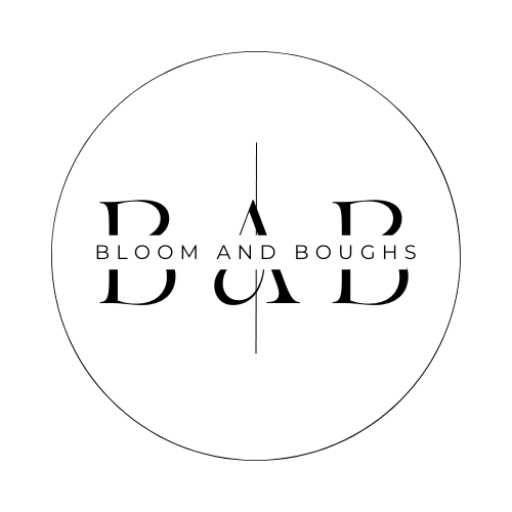
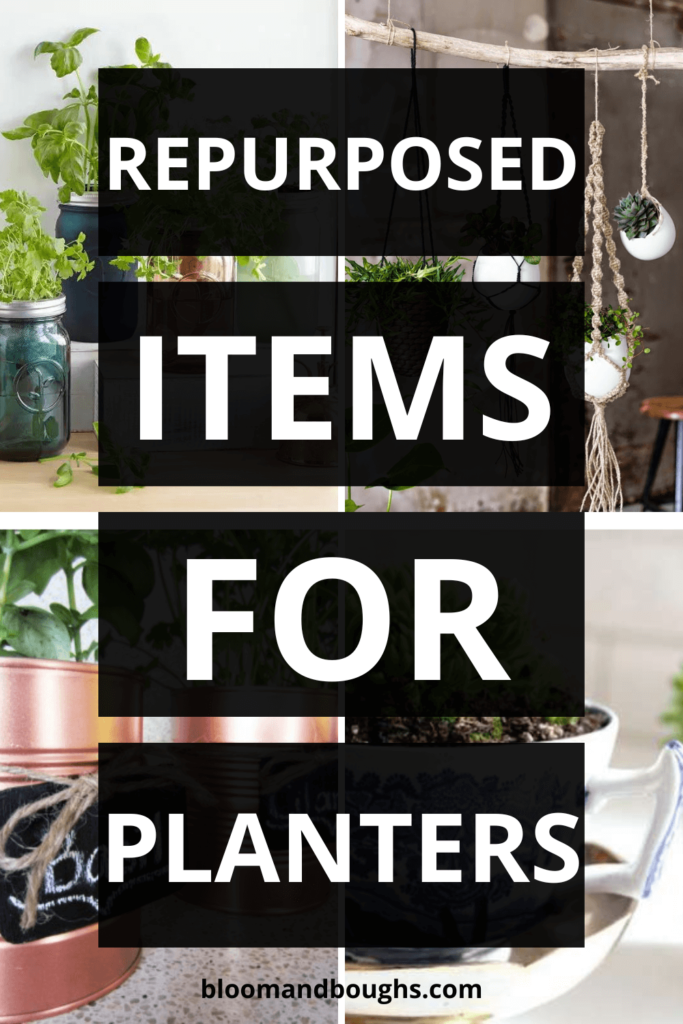
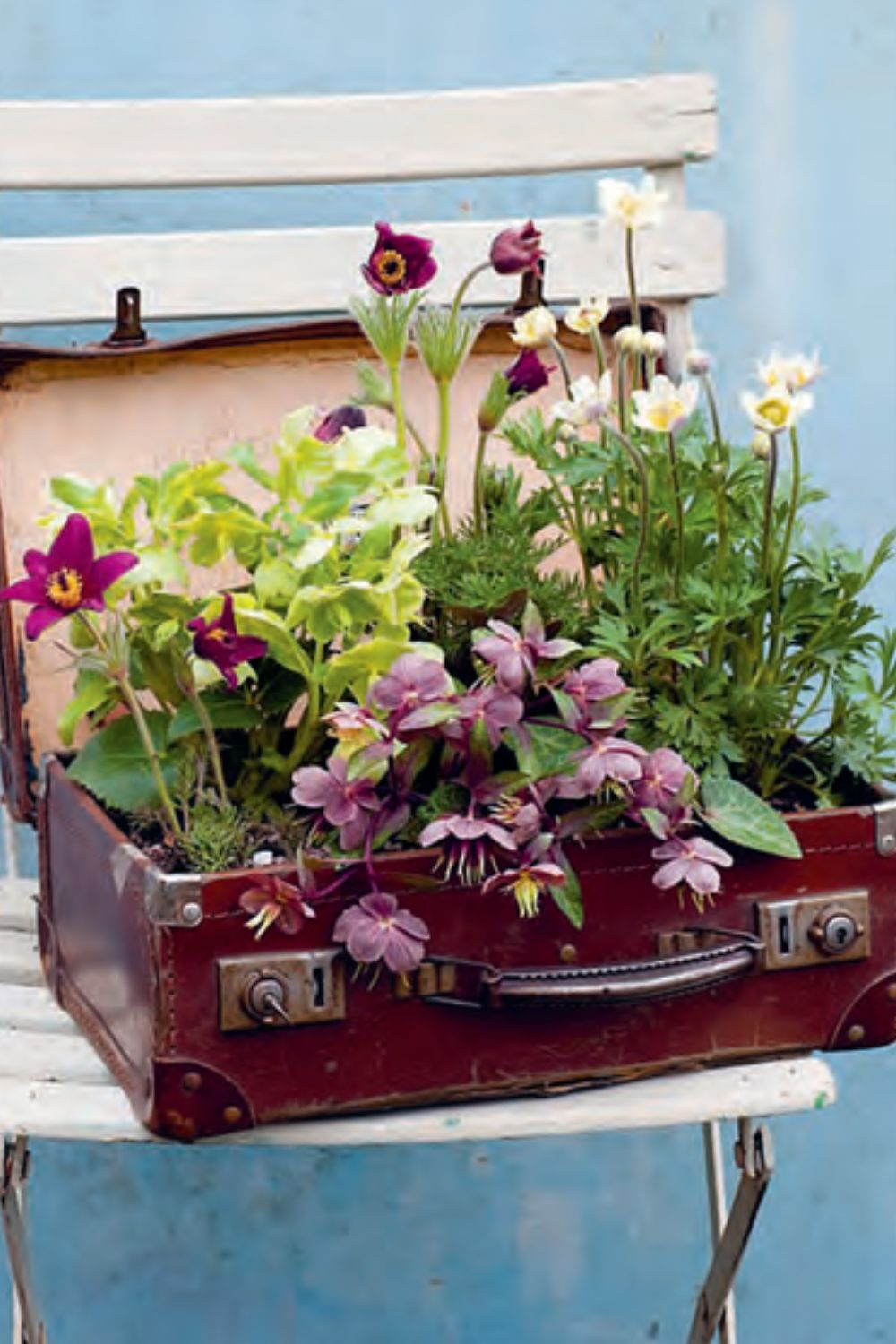

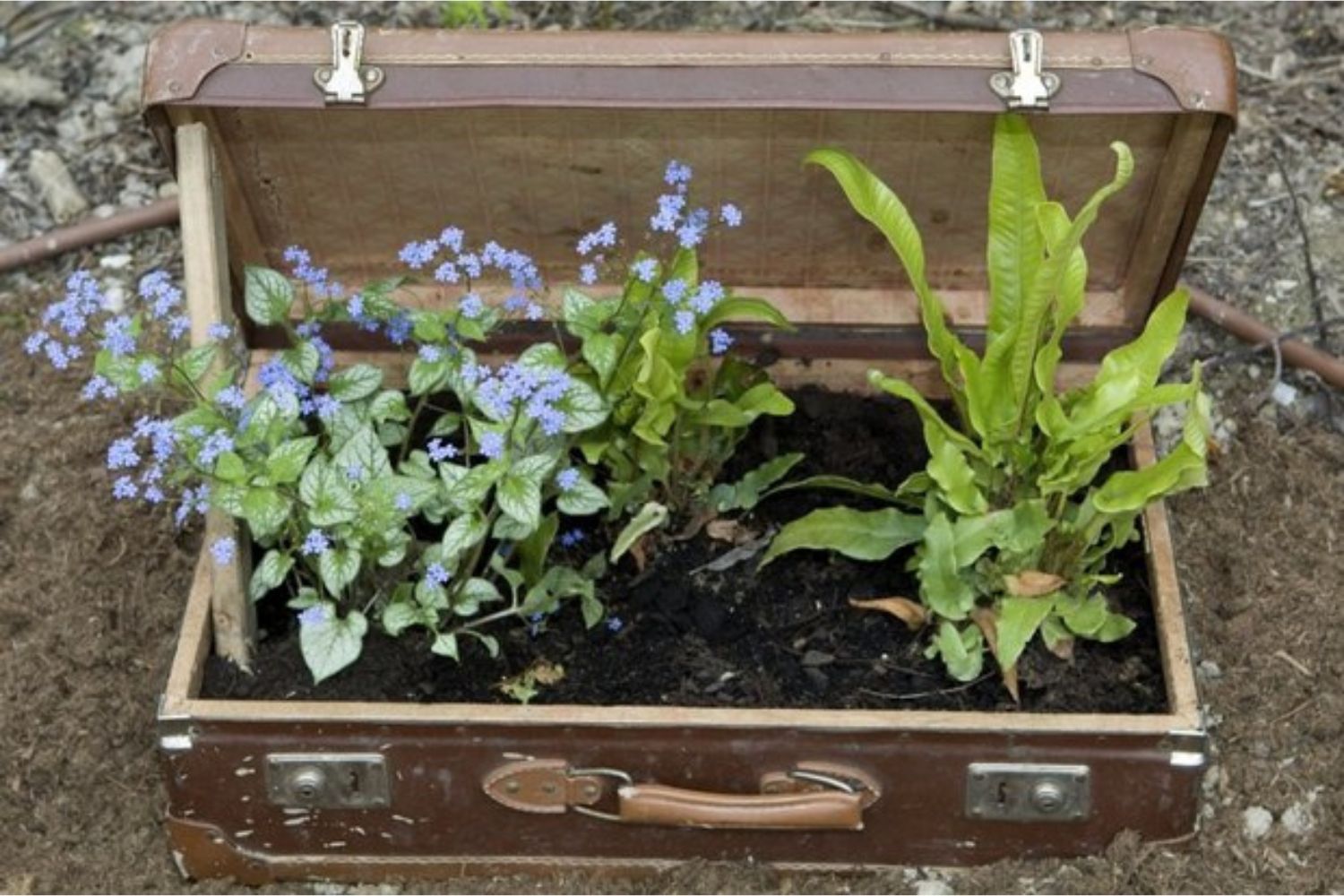
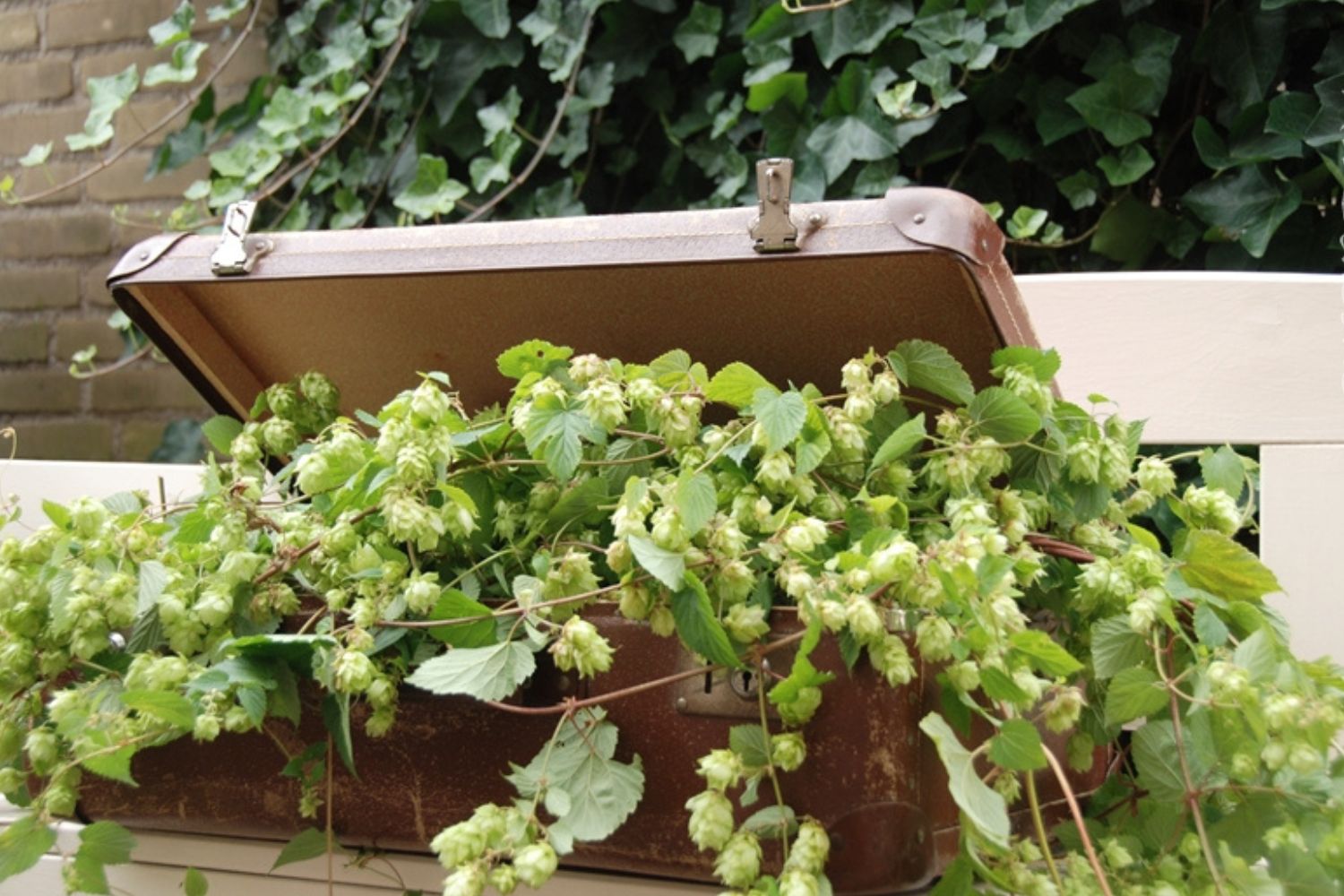
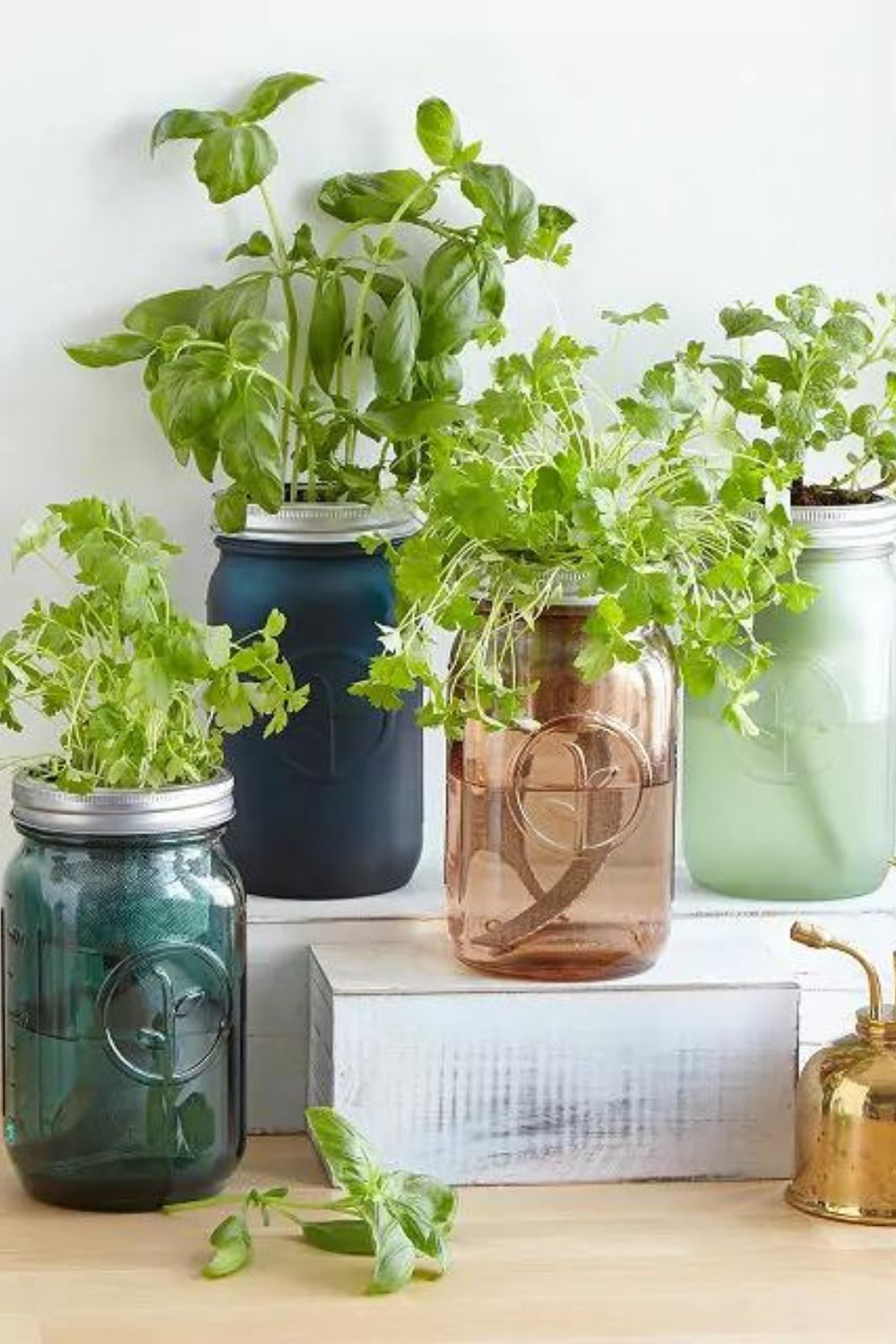


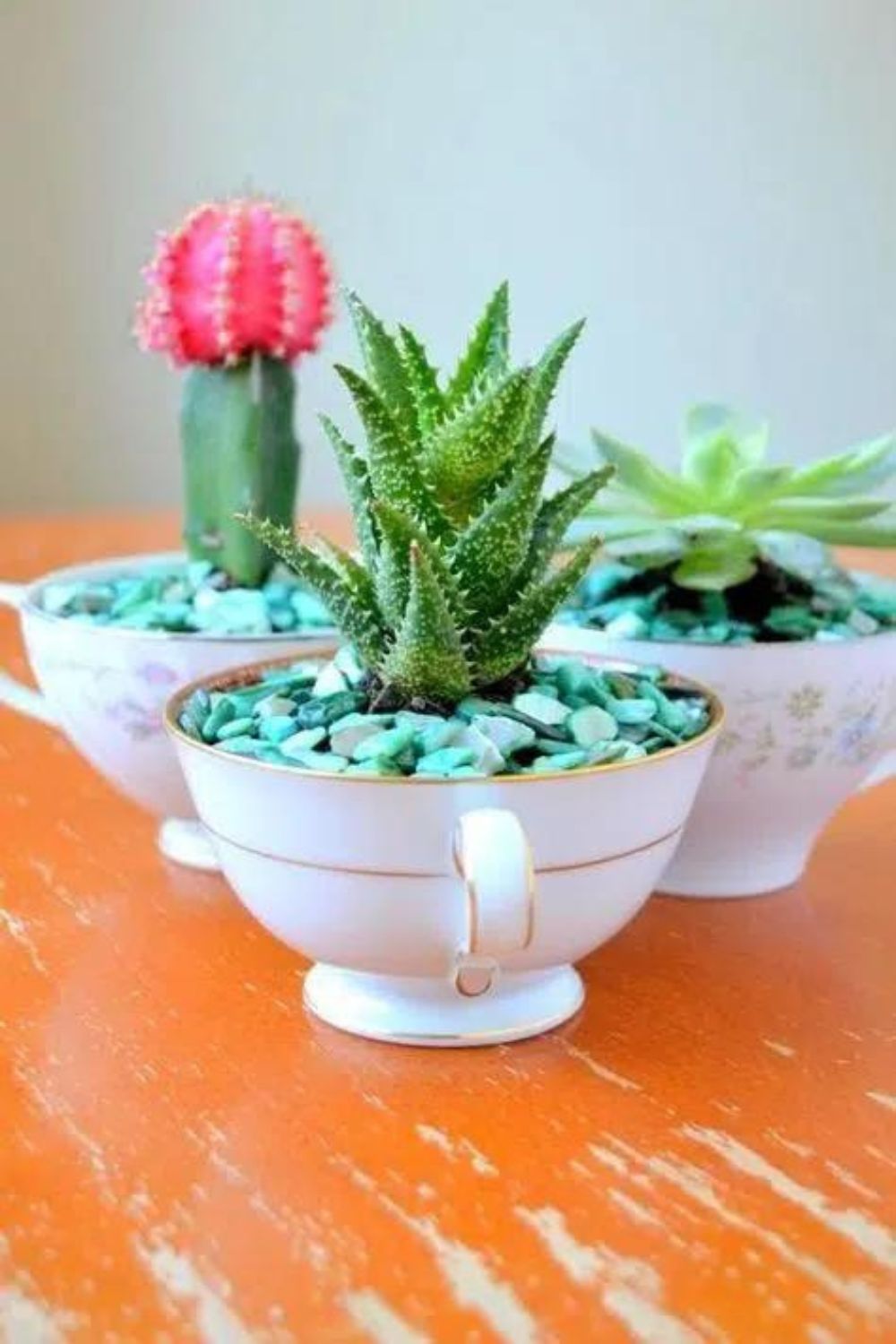


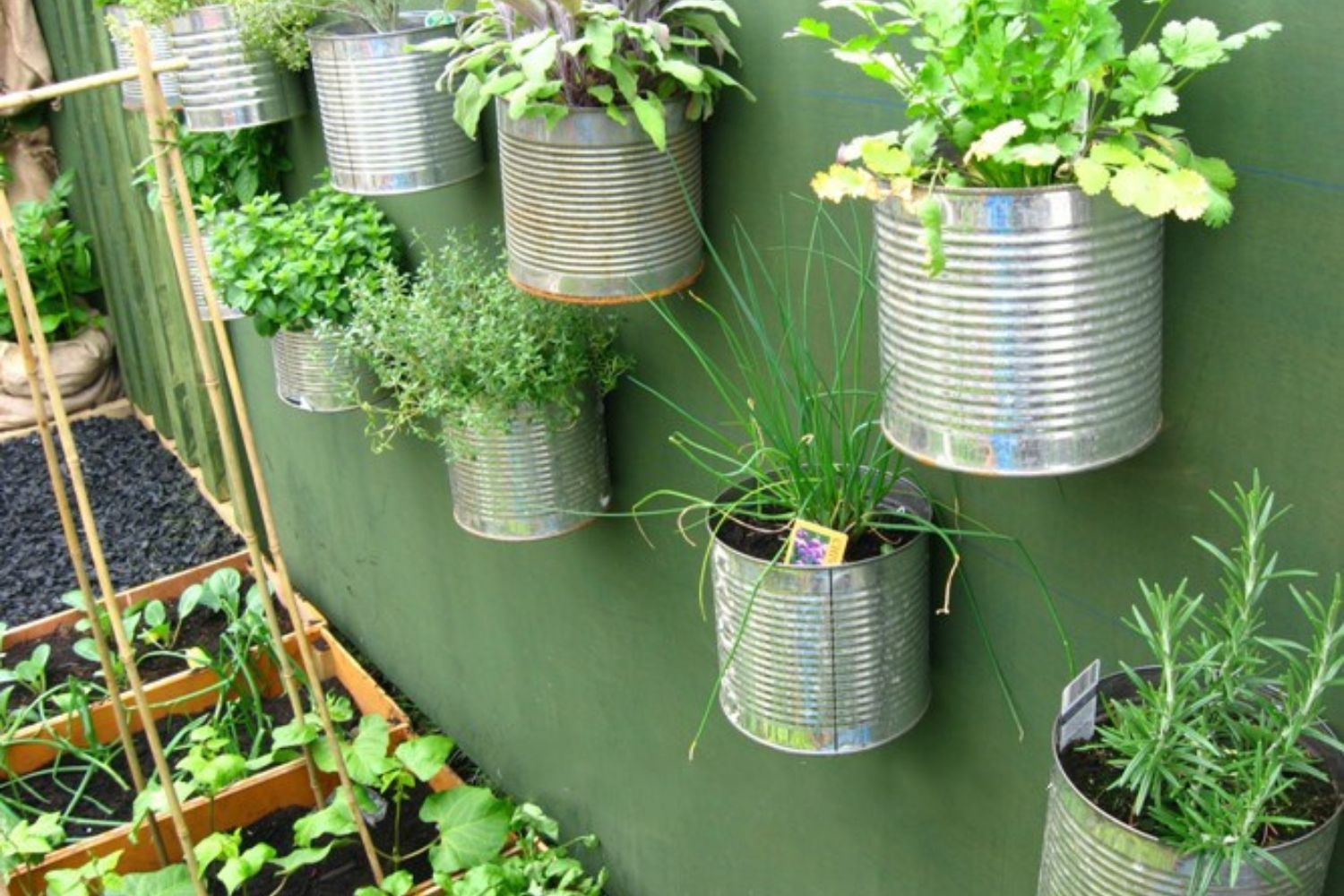
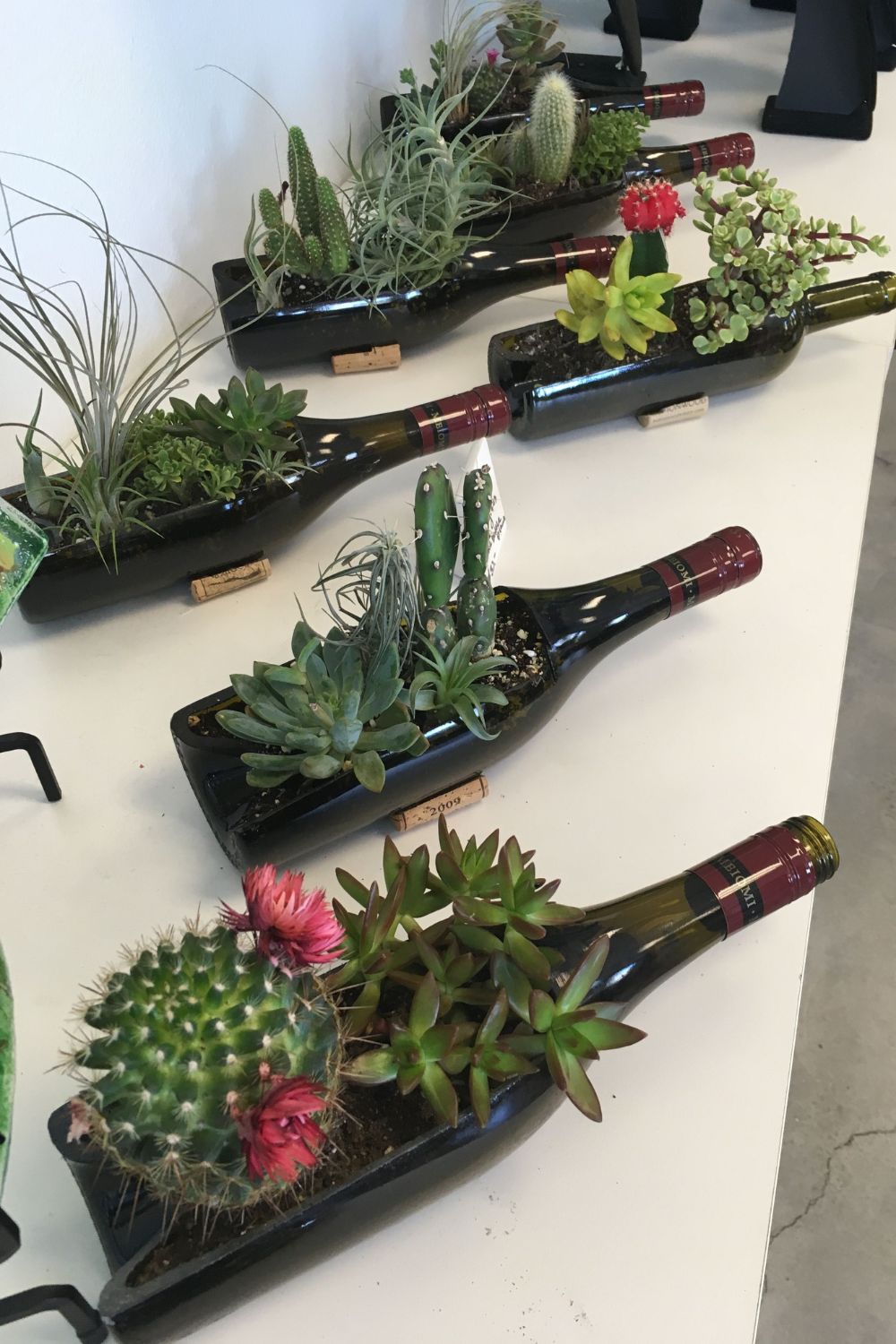

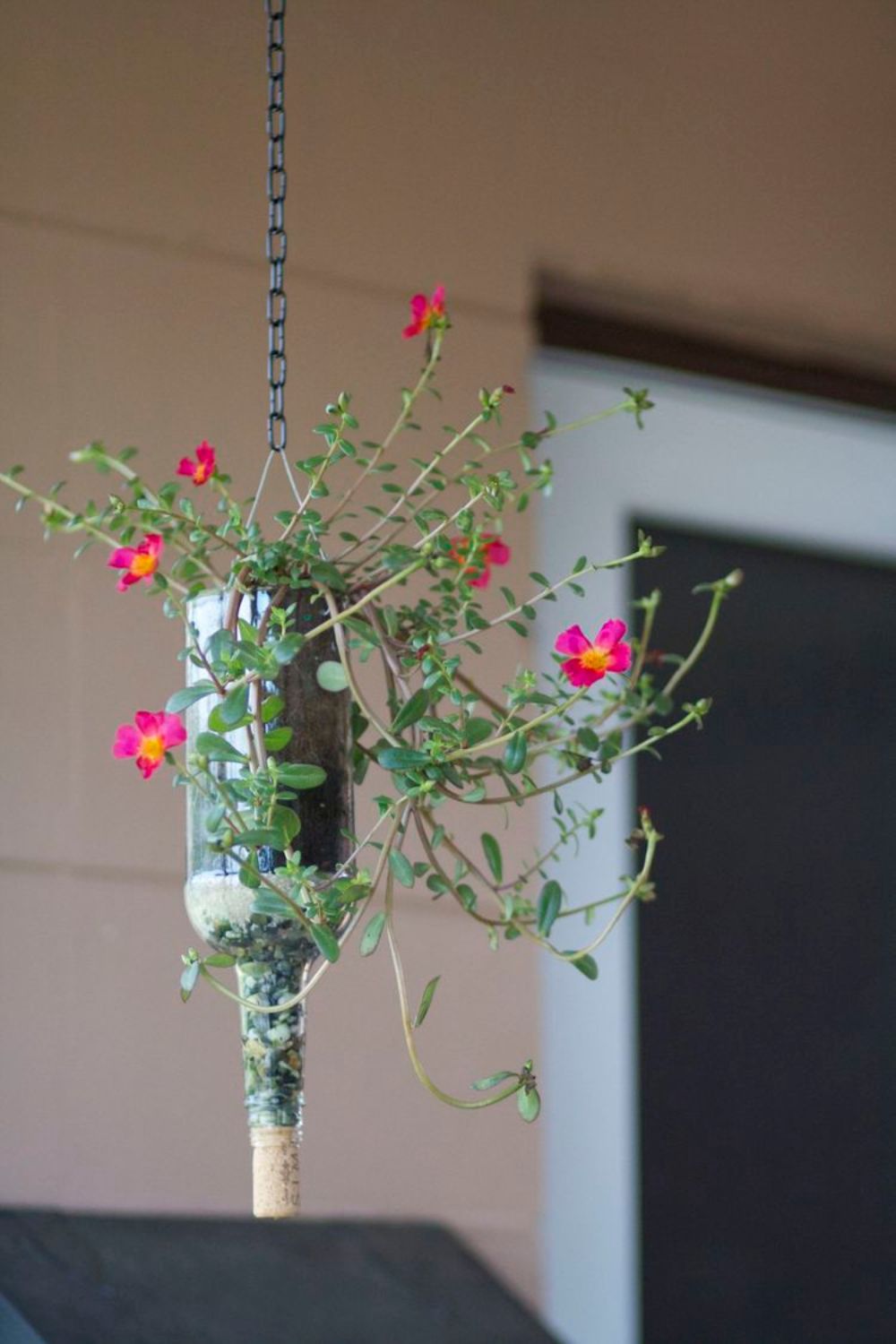
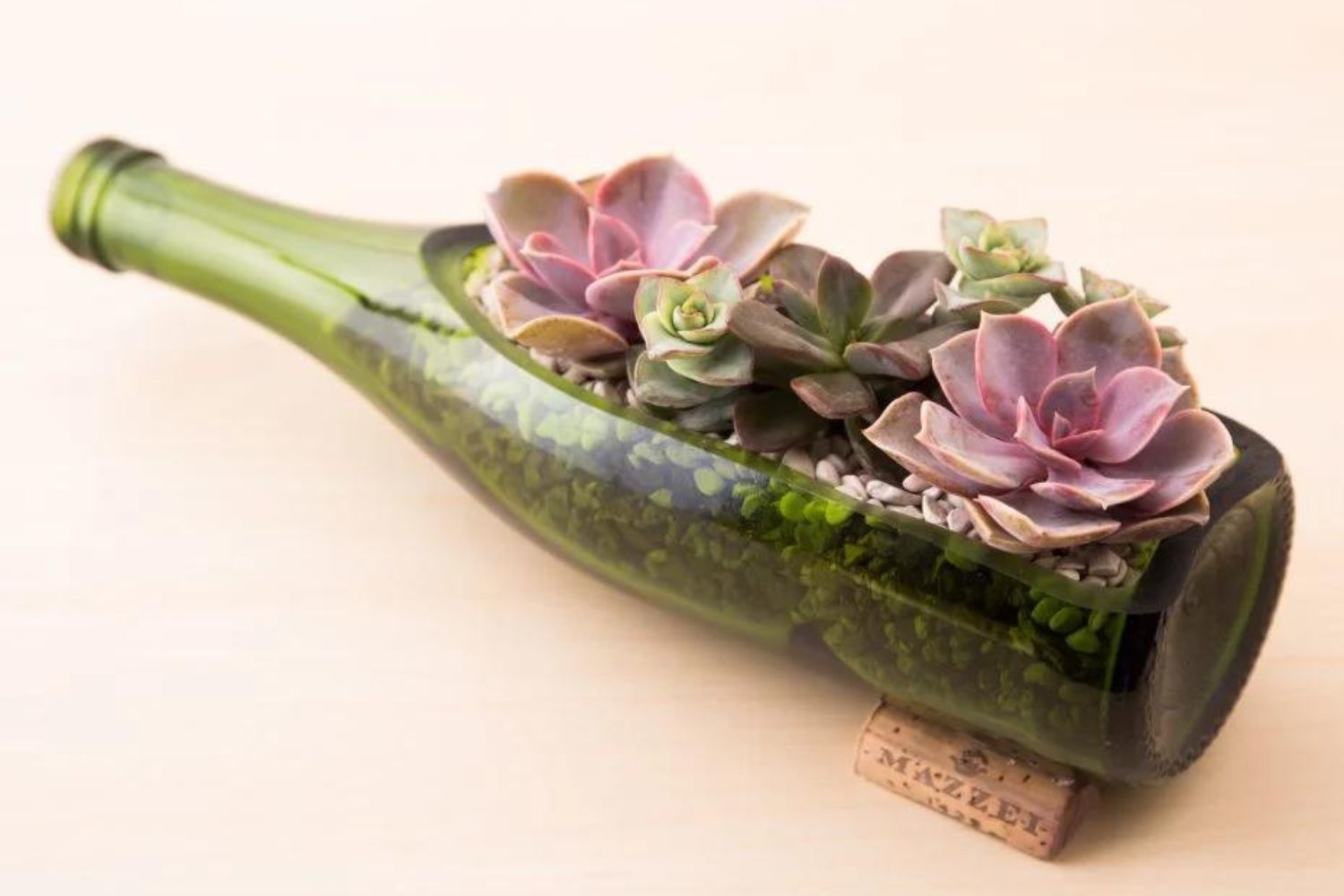
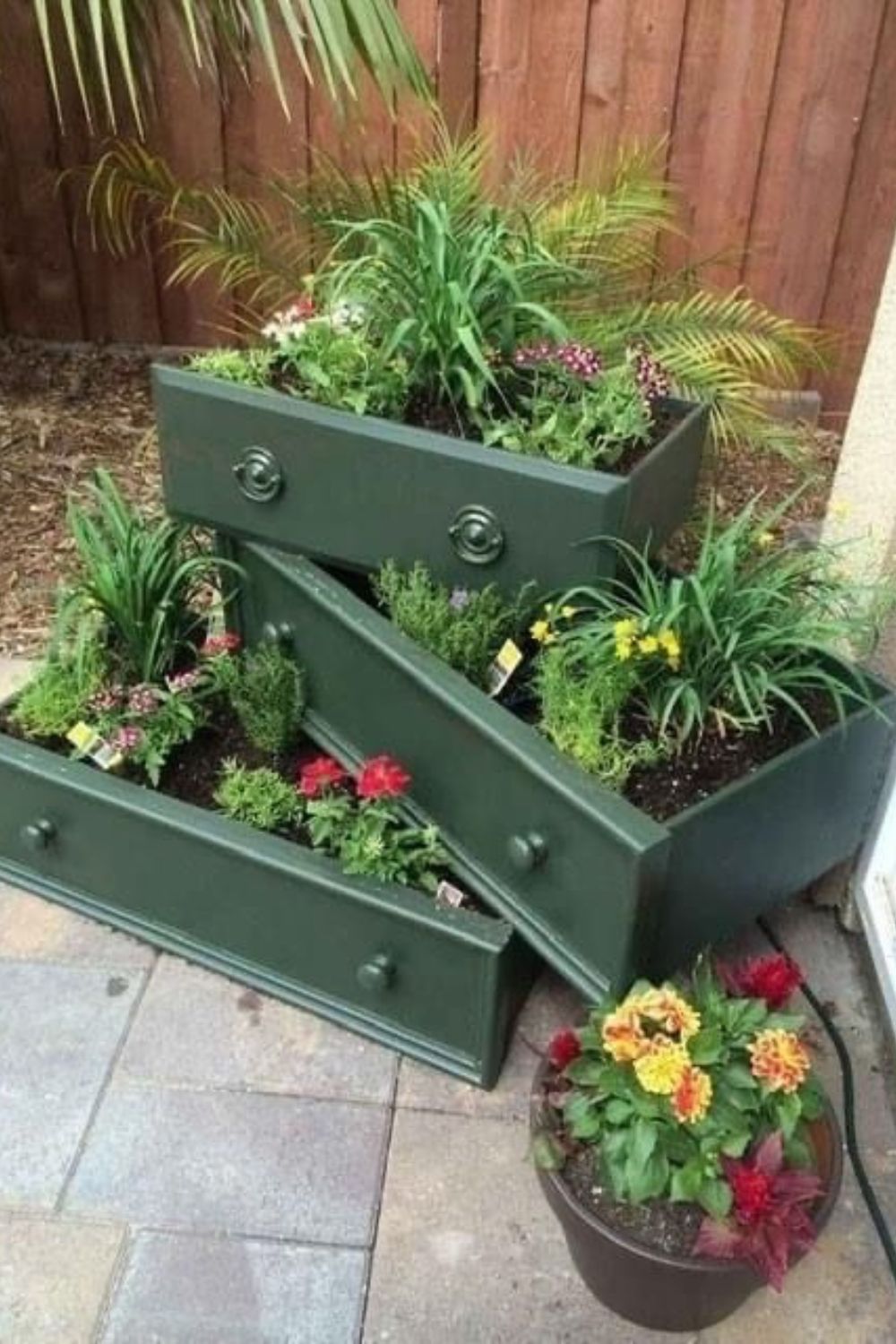

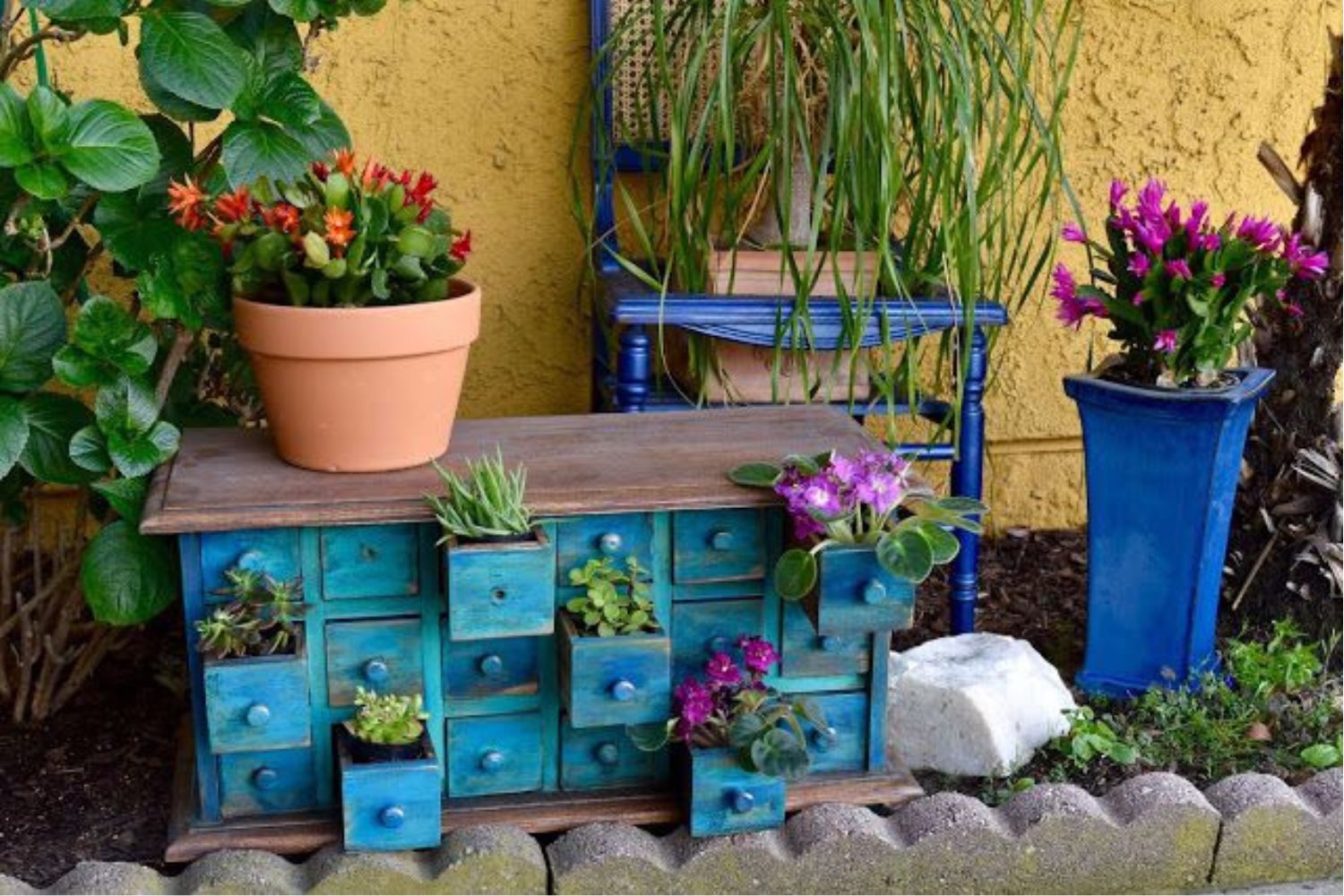
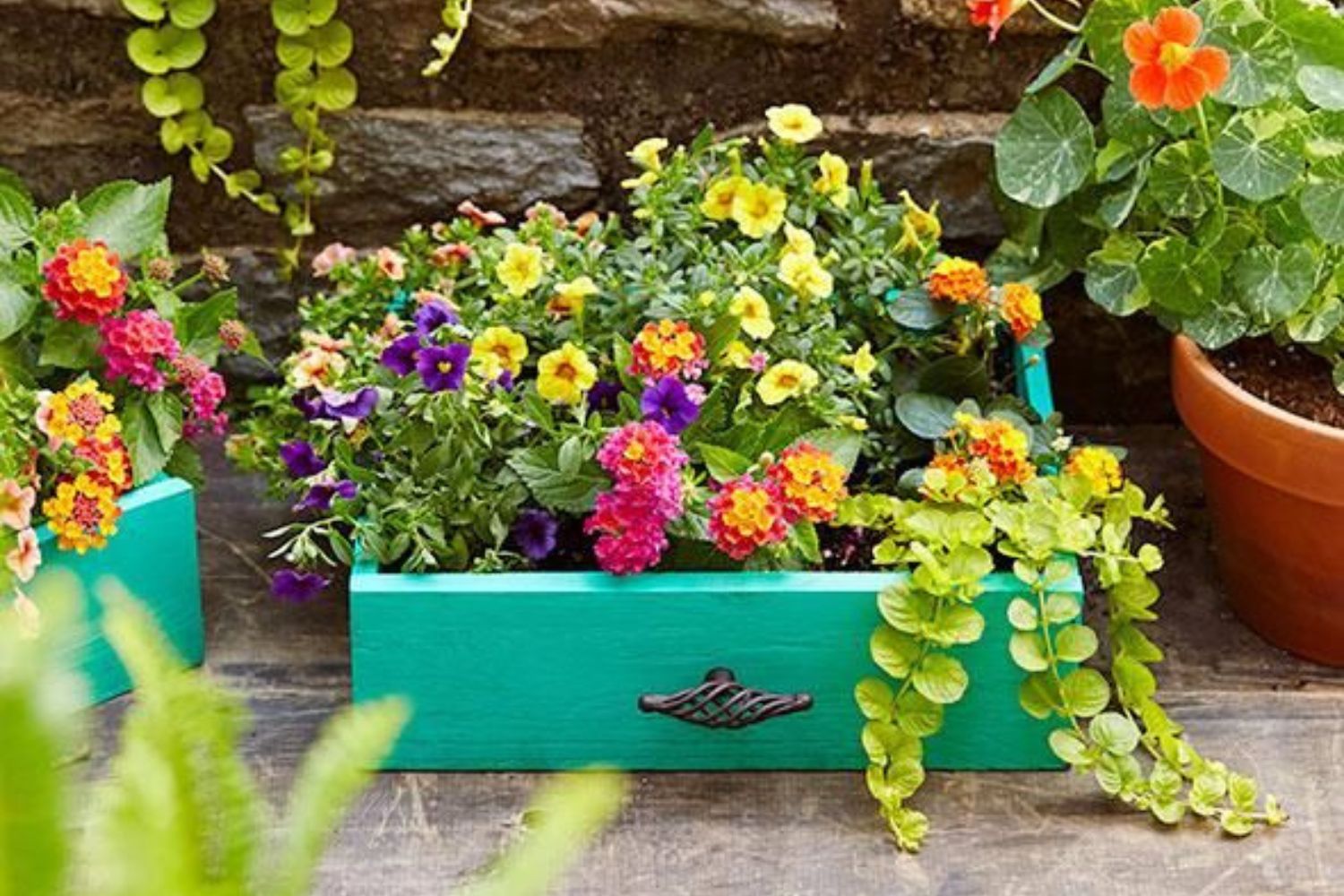
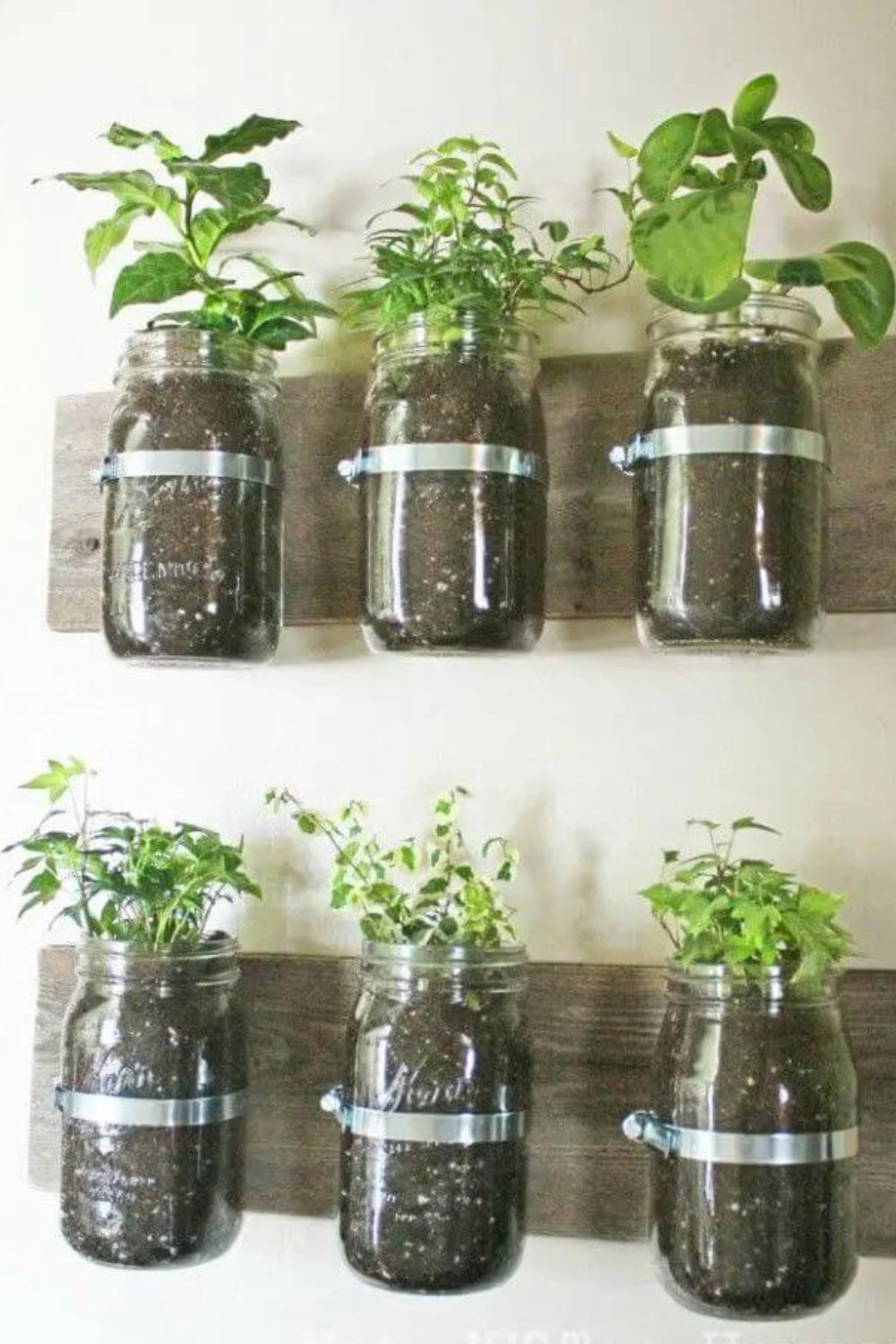
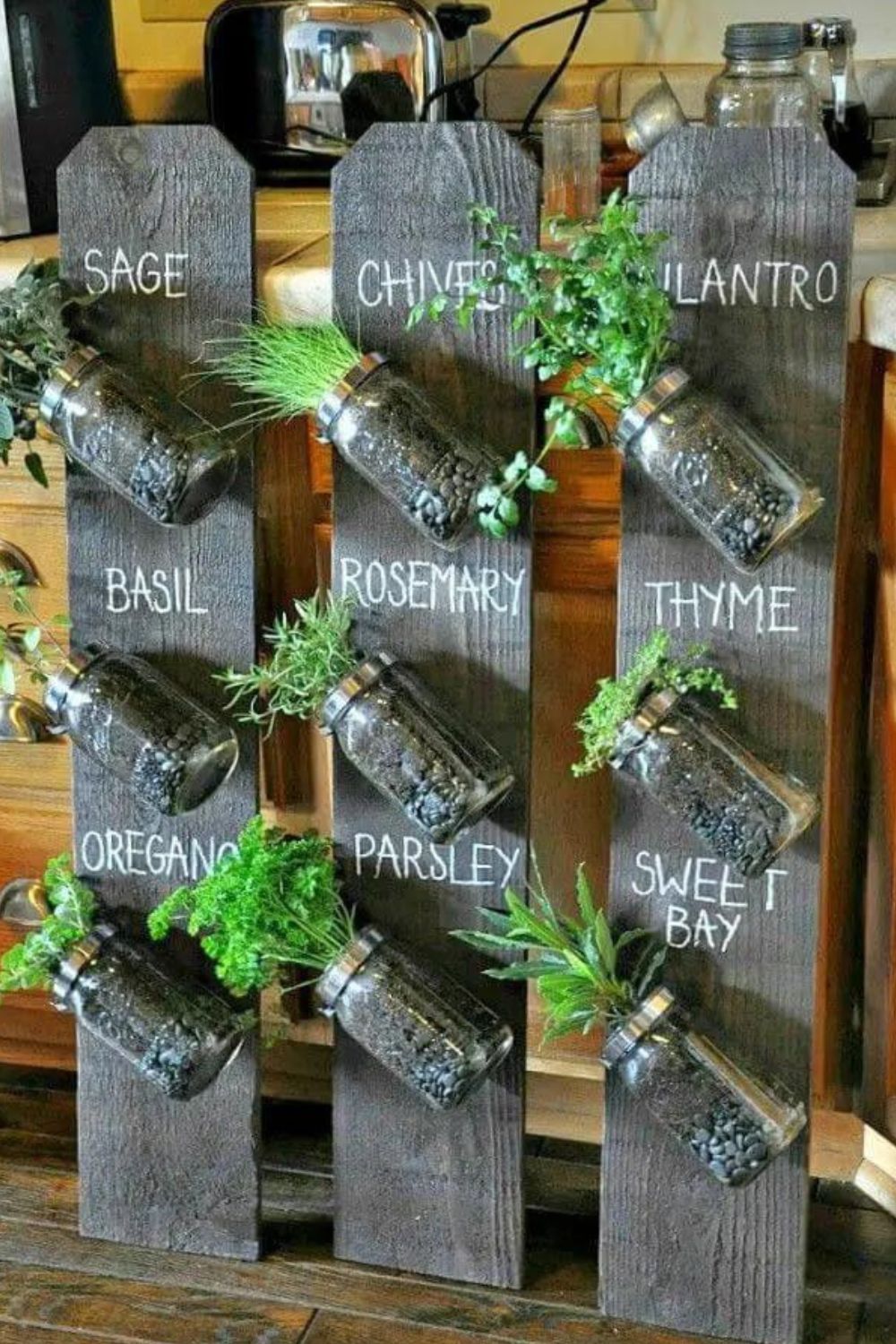

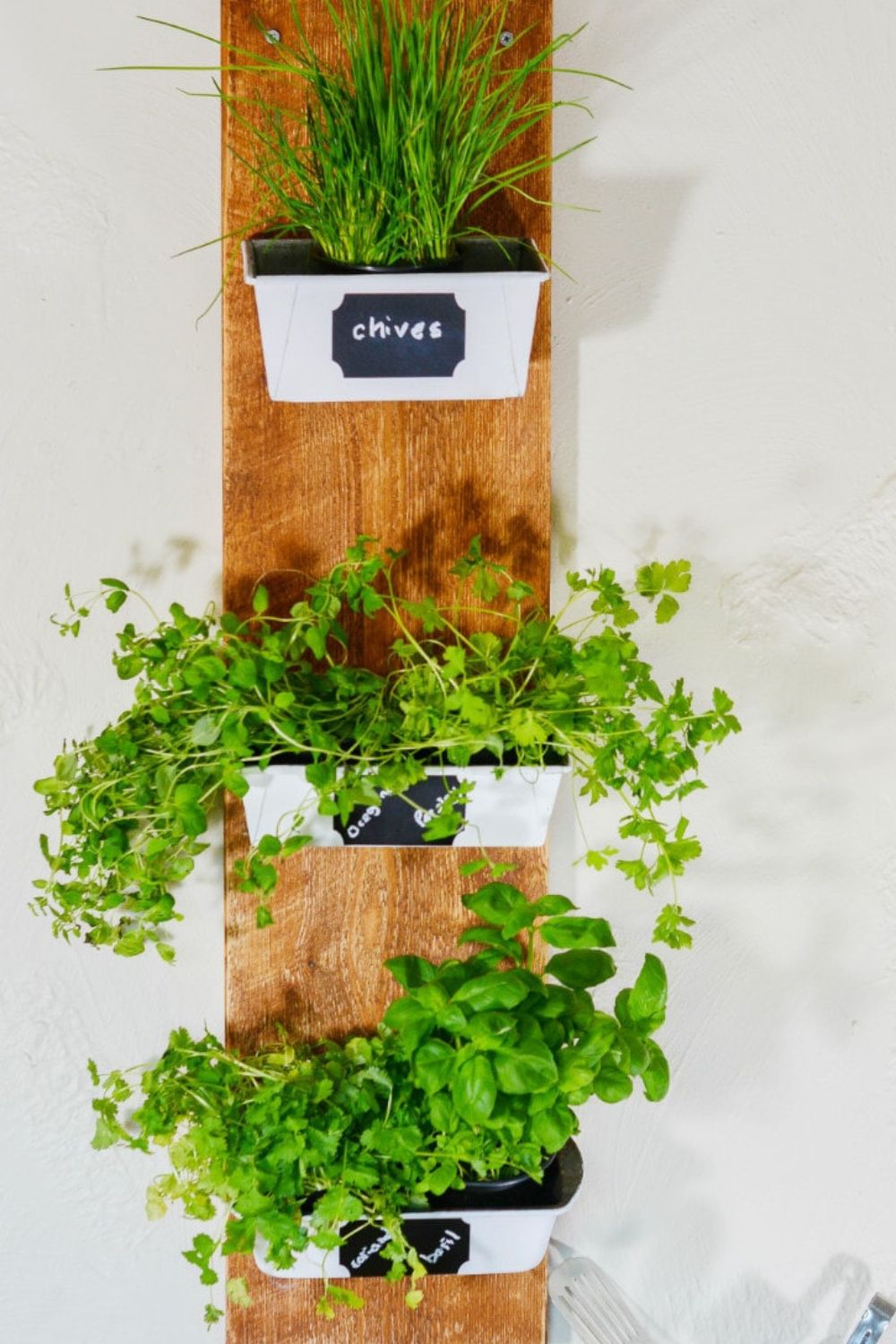
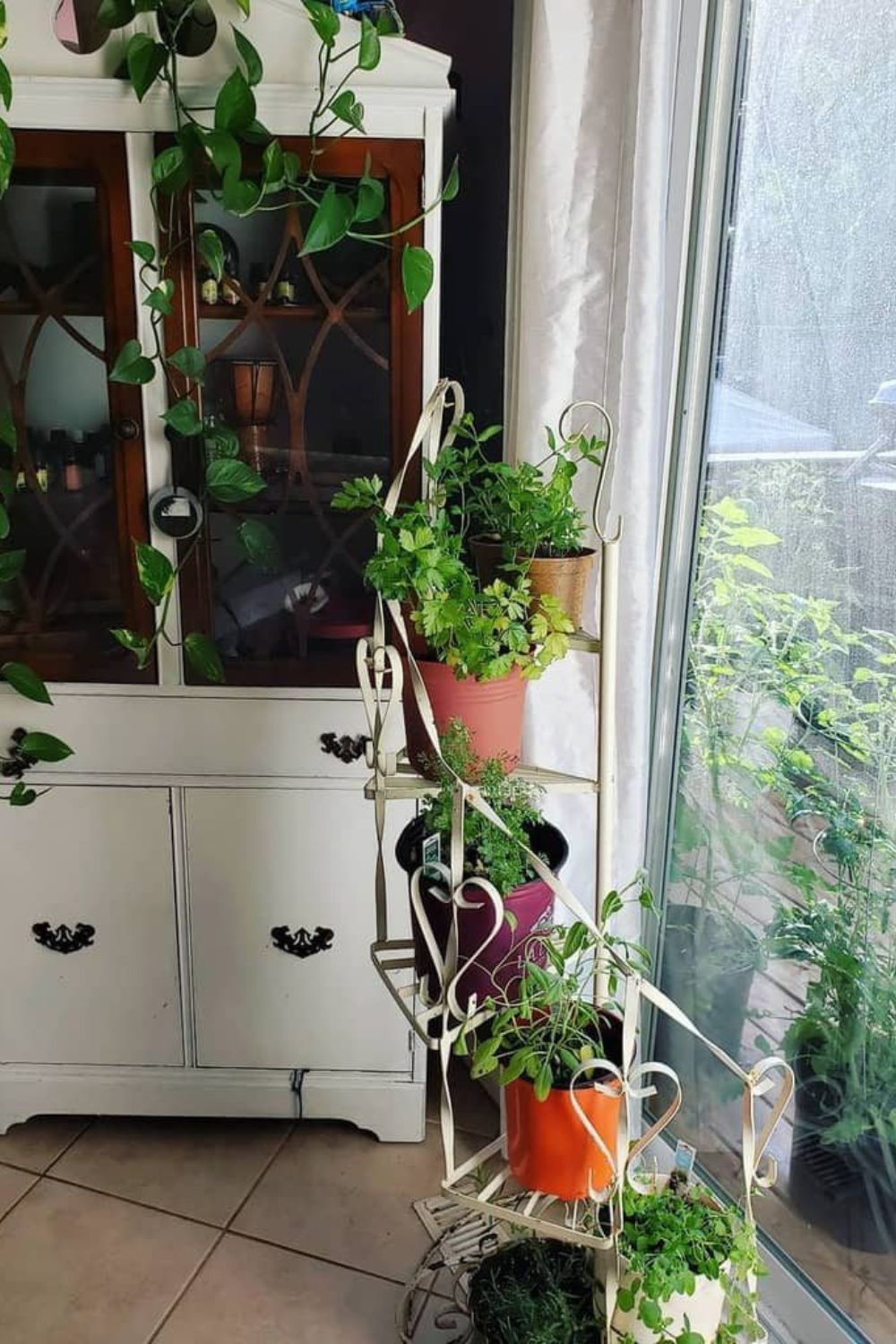
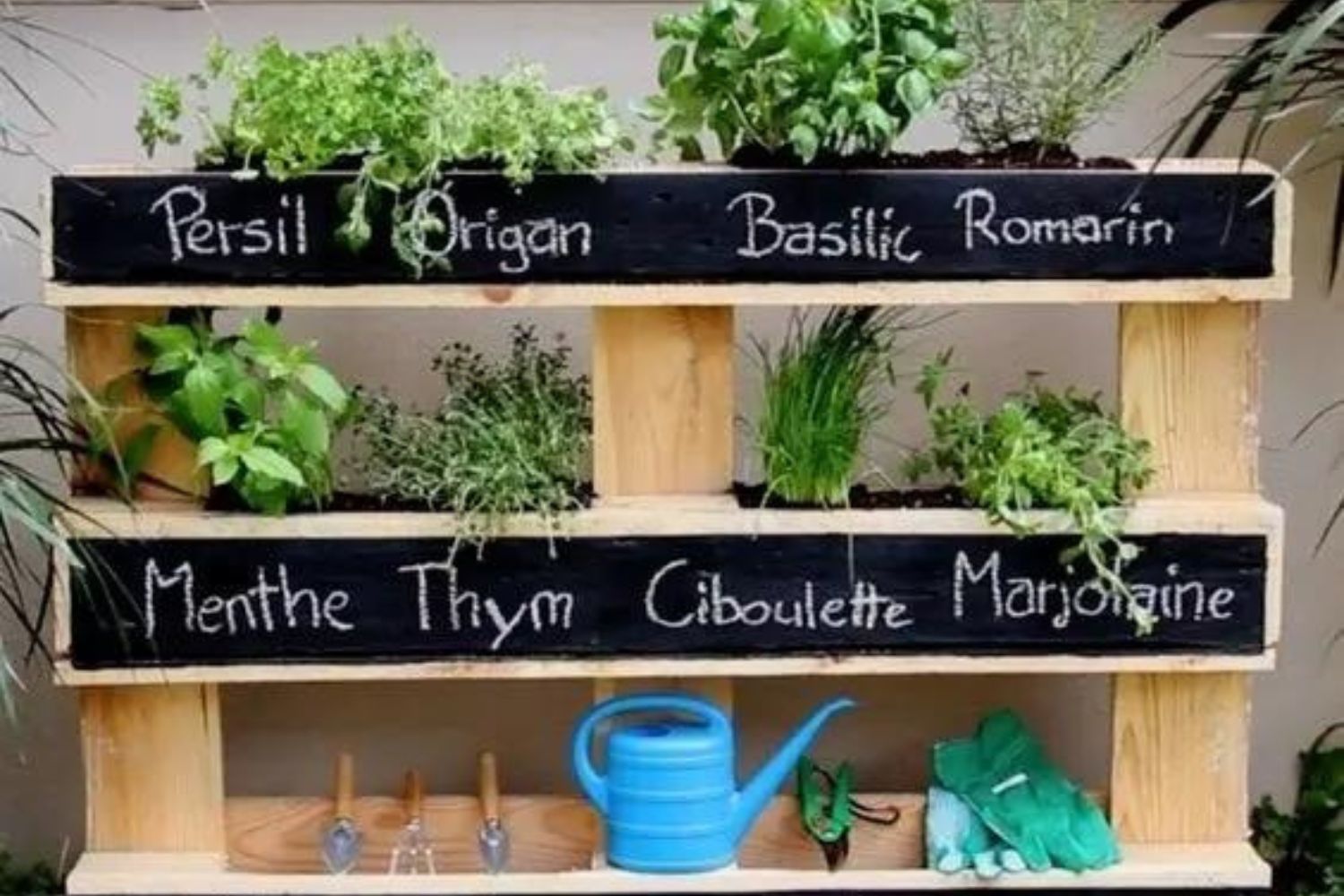

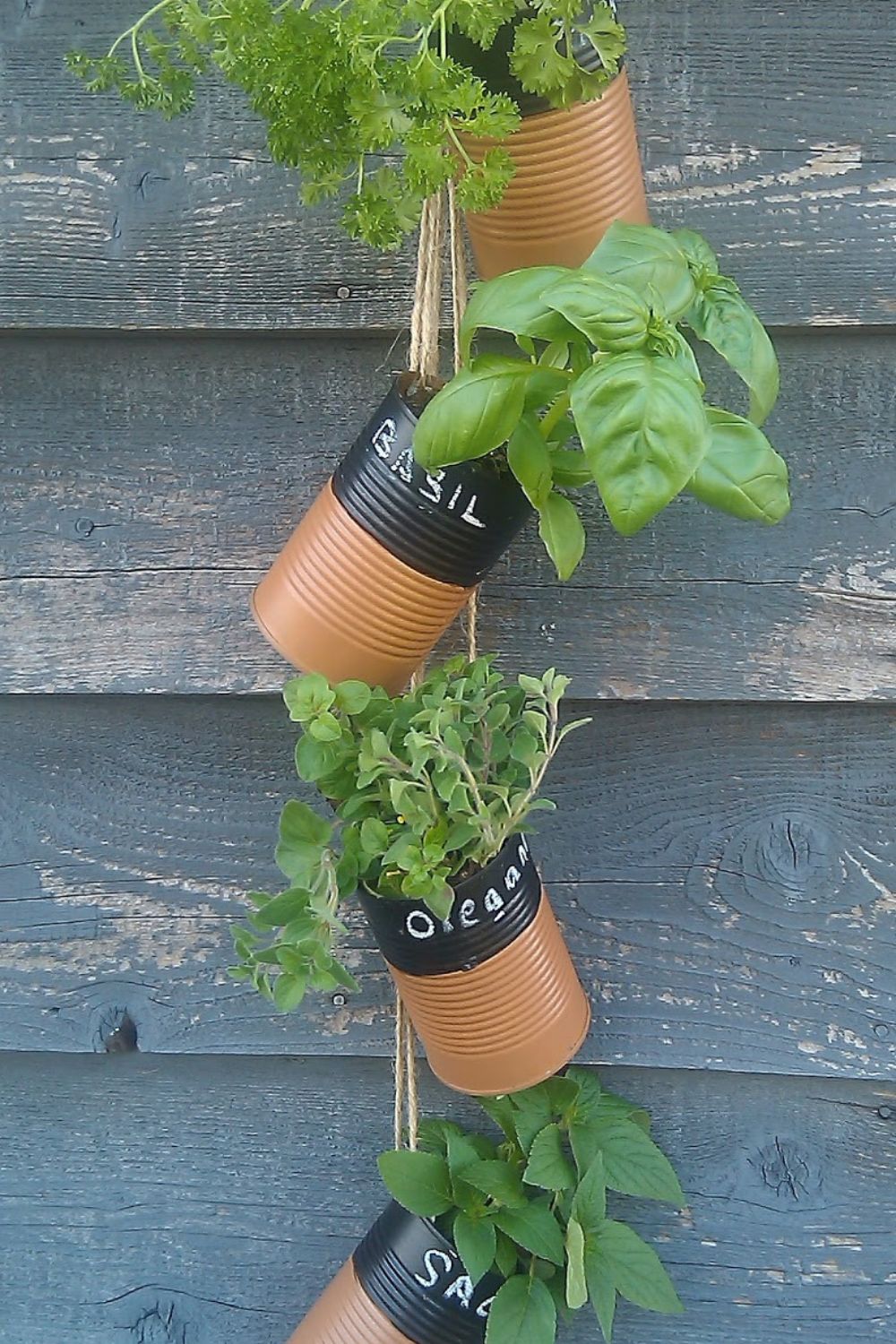
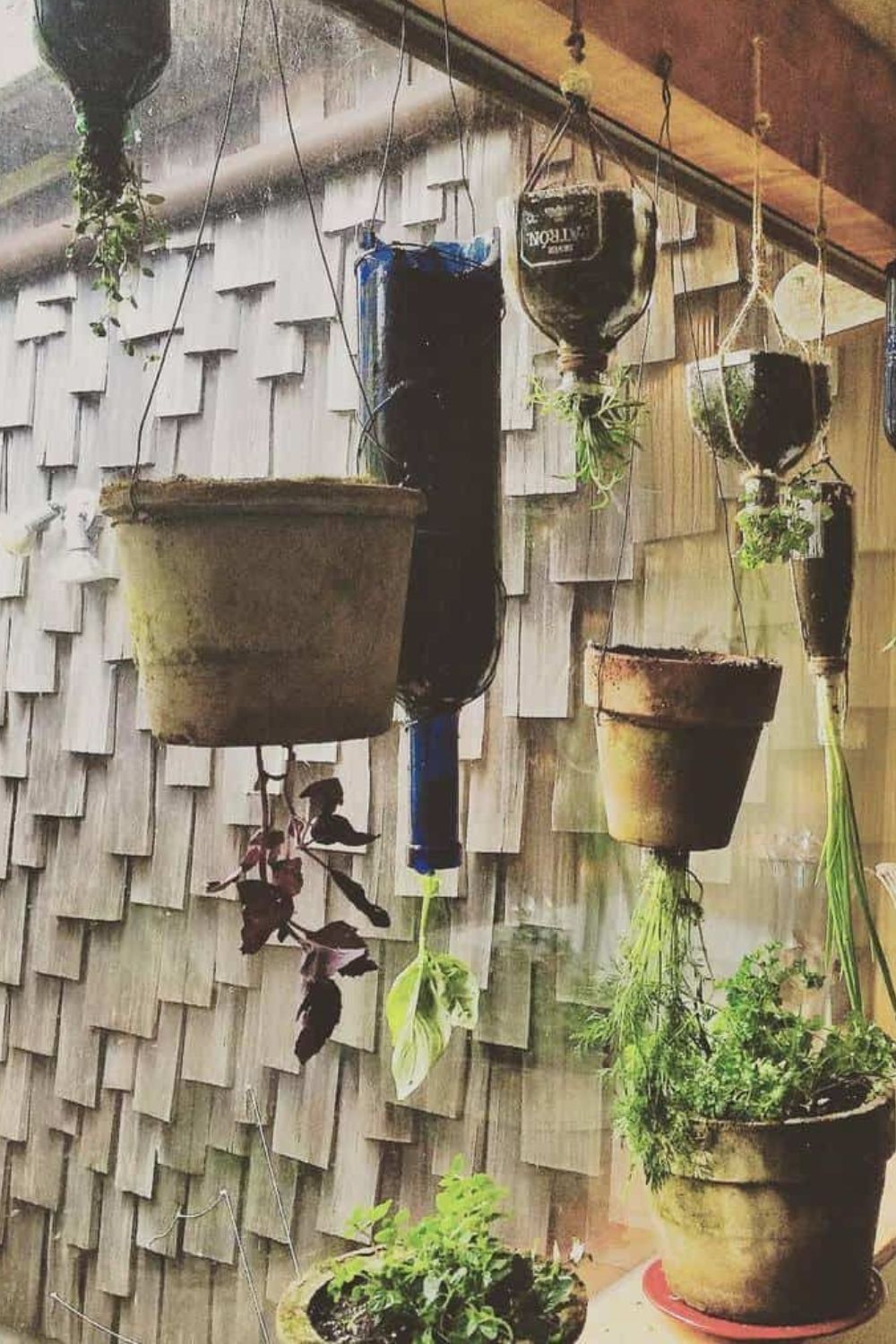
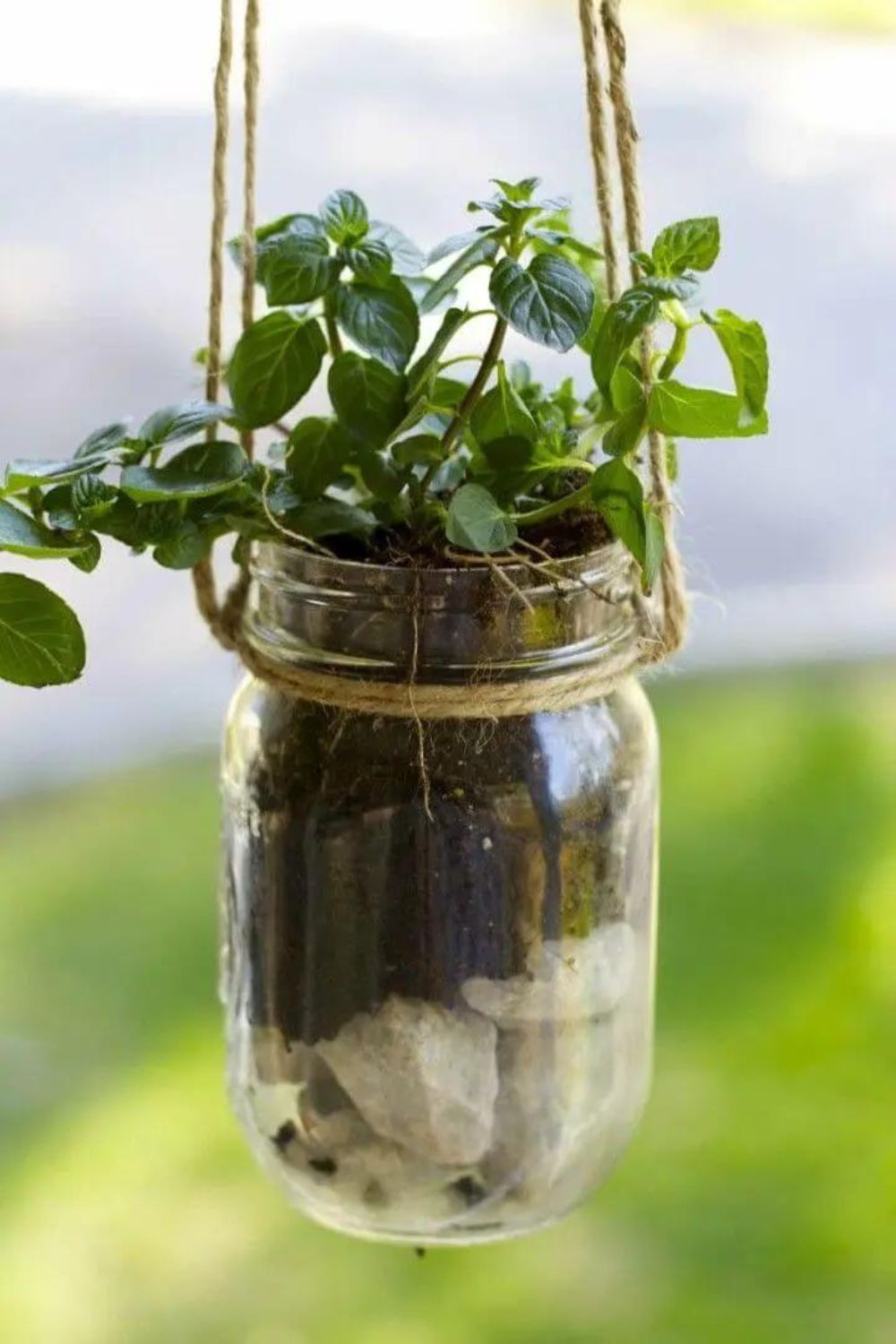

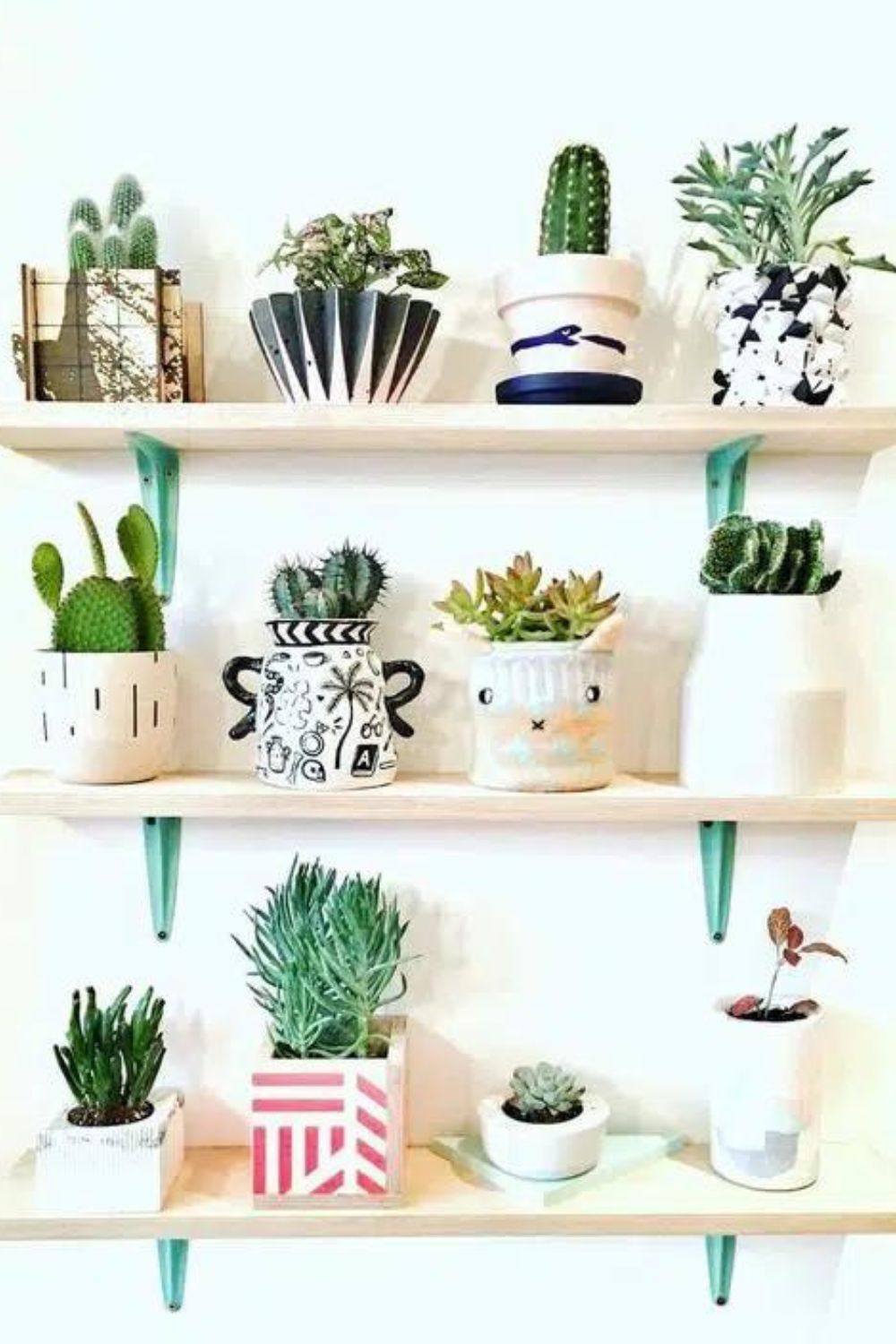
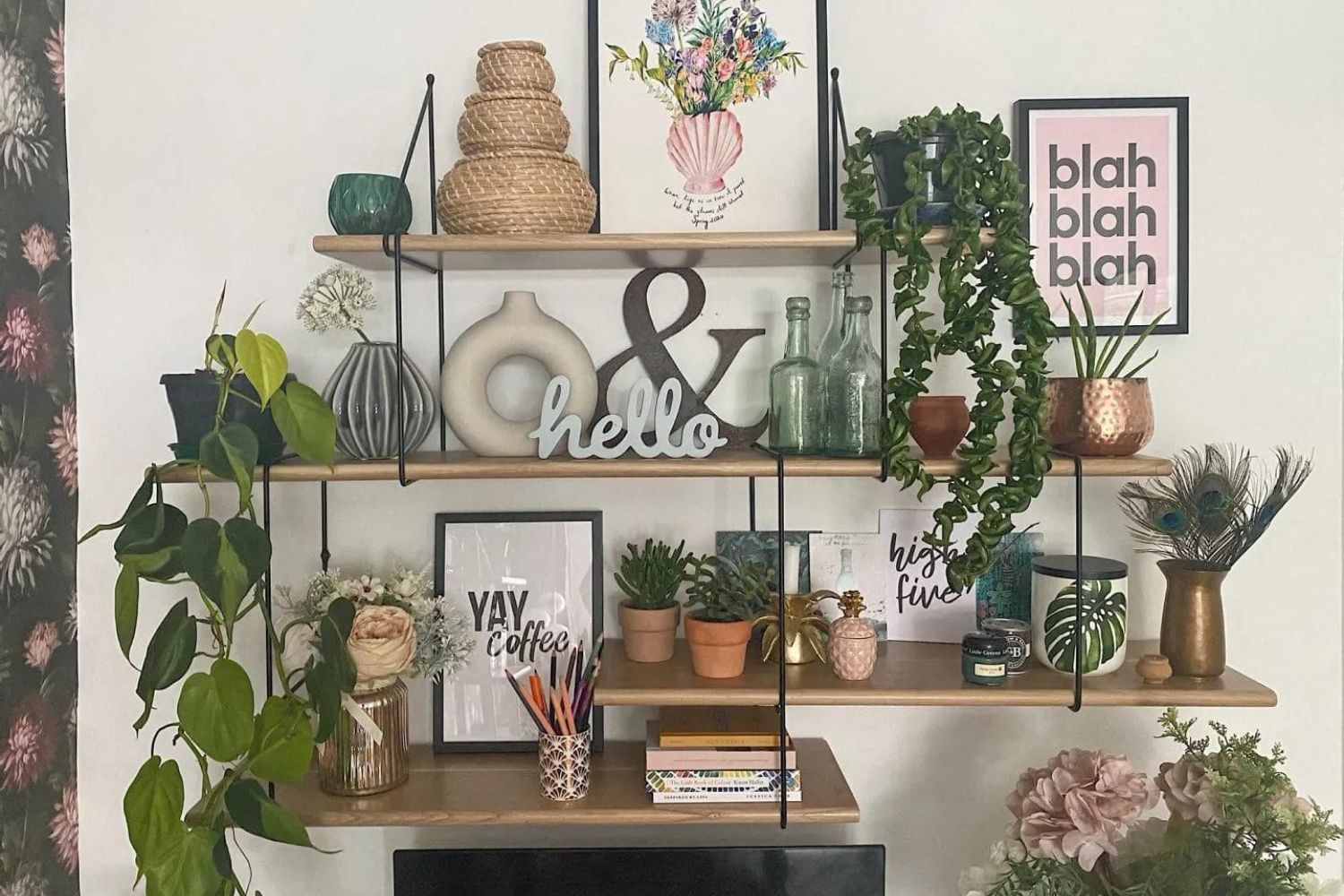
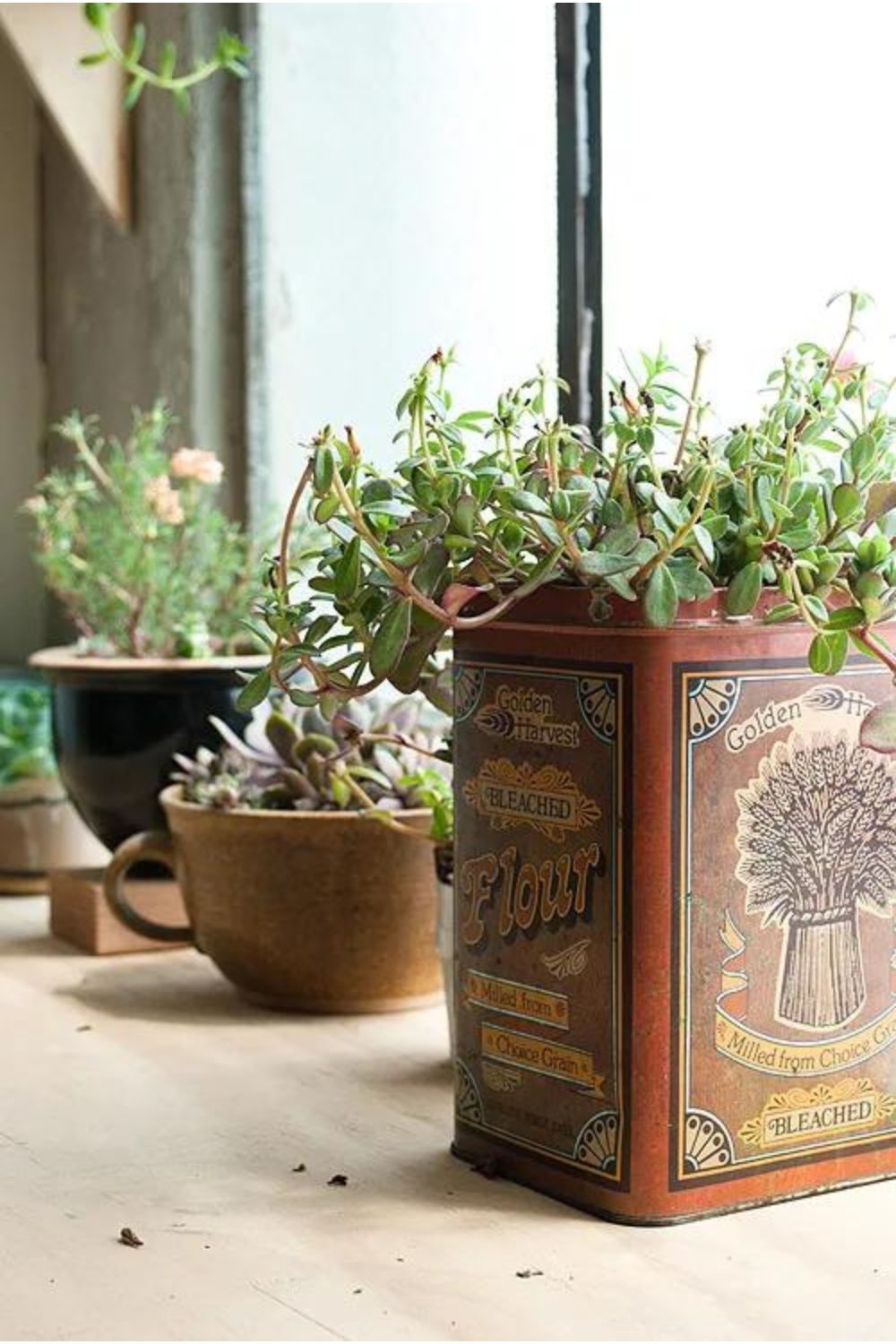
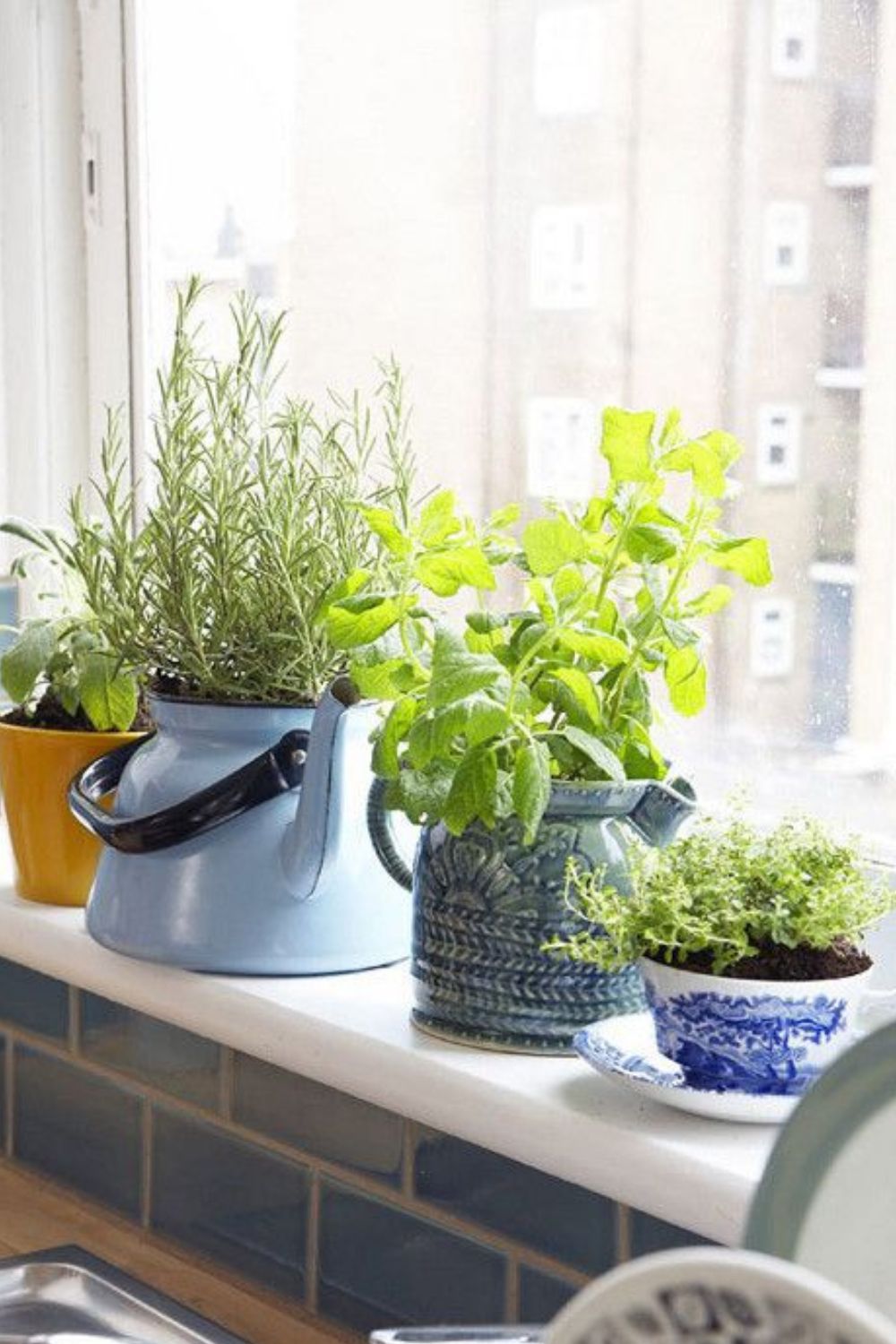

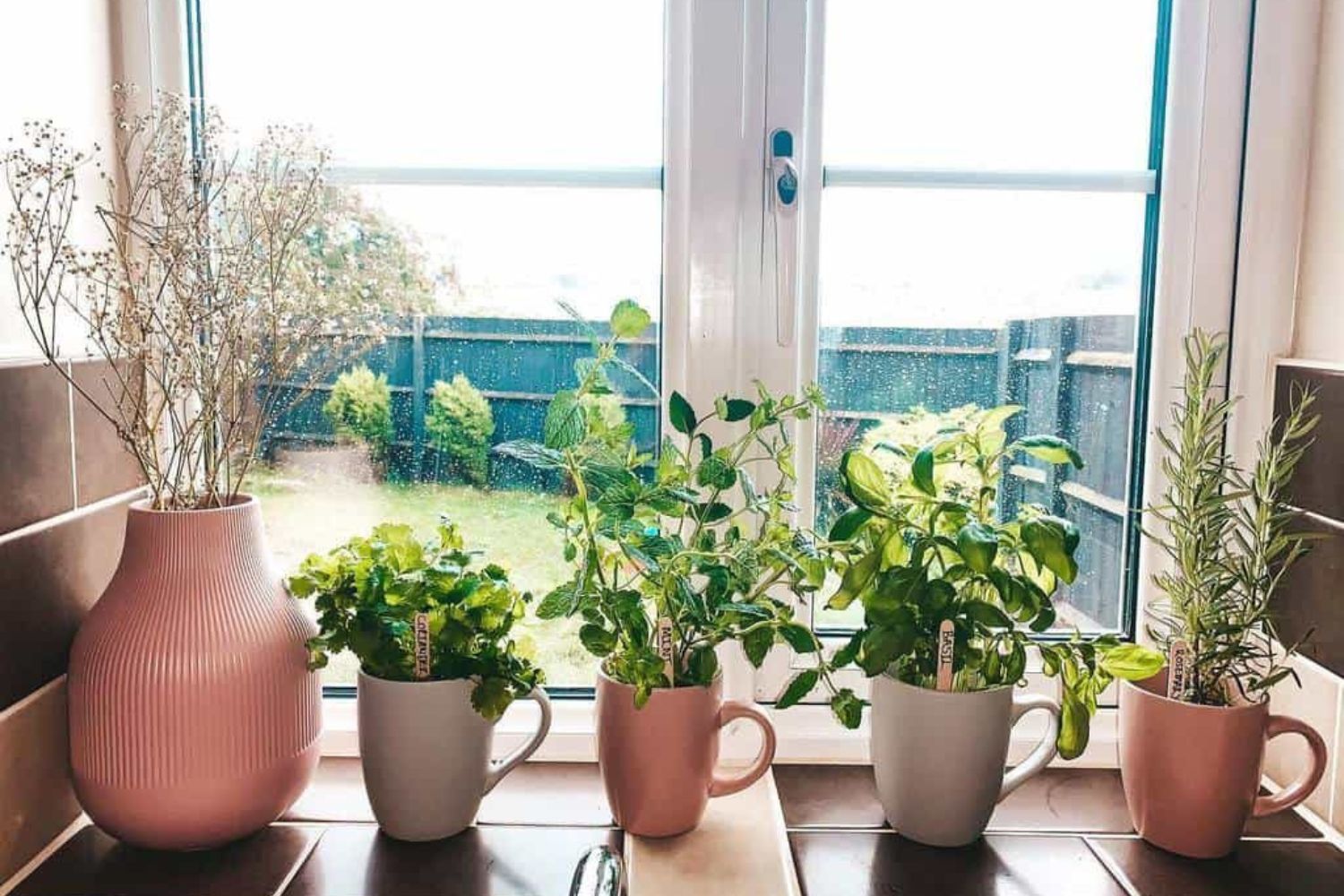

0 Comments